A New Horizon for Drone Regulations
The Unmanned Aircraft Systems (UAS) Industry is facing a transformative period following the signing of the 2024 National Defense Authorization Act (NDAA) by President Biden on December 22, 2023.
This legislation, encompassing a wide range of defense-related policies, also includes significant provisions impacting the UAS sector, particularly through the inclusion of the American Security Drone Act of 2023 (ASDA).
Vic Moss from the Drone Service Providers Alliance explains in this article what this means for professional drone pilots who work for any government agency.
ASDA: A Game Changer for UAS Operations
The ASDA, initially struggling to pass as standalone legislation, found its way into the NDAA as an amendment, signaling a crucial development for Drone Service Providers.
This act demands heightened scrutiny, especially for those intending to engage with government agencies, as it imposes restrictions on using drones manufactured by companies like DJI and Autel, which dominate the market.
This development is not just limited to federal agencies; its repercussions trickle down to state agencies and the private sector, broadening its impact across the industry.
Unpacking the ASDA Amendment
The ASDA, detailed in the NDAA’s pages 556-564, does not outright ban DJI and Autel drones for commercial or recreational use.
However, it introduces restrictions in specific scenarios, particularly concerning national security.
The act defines key terms such as “COVERED FOREIGN ENTITY” and outlines prohibited uses and procurement rules for drones from these entities.
Notably, the act includes exemptions for certain government departments under specific conditions, highlighting the nuanced approach toward drone usage.
The Road Ahead: Exemptions and Implications
Sections 1823-1825 of the ASDA provide for exemptions under particular circumstances, allowing for potential modifications to drones to align with security requirements.
This includes provisions like DJI’s “Local Data Mode,” suggesting avenues for continued drone usage with necessary adaptations.
The act’s influence extends to various federal departments, including the National Park Service, showcasing the broad scope of these new regulations.
Balancing Security and Industry Needs
The new law presents a complex landscape for the UAS industry.
On one hand, it aims to address cybersecurity and national security concerns associated with foreign-made drones.
On the other, it poses challenges for the industry, especially in terms of equipment choices and costs.
The two-year buffer period following the enactment of the act offers a critical window for adaptation and advocacy.

Potential Impacts on State and Local Agencies
Section 1825 highlights the potential implications for state and local First Responders, especially those relying on federal funds.
Restrictions on using federal funds for foreign-made drones could hinder the development and updating of UAS teams, impacting public safety operations.
Looking Forward: Industry Advocacy and Cybersecurity Solutions
In response to these challenges, the Drone Advocacy Alliance (DAA) emerges as a pivotal player, advocating for the industry’s interests in Washington, D.C.
Joining forces with the DAA could provide a unified voice for the industry, emphasizing the need for balanced and effective regulations.
Moreover, developing comprehensive cybersecurity protocols for all UAS, irrespective of their country of origin, could offer a more holistic solution to security concerns.
Such protocols would ensure national security without disproportionately affecting the UAS industry.
Conclusion
The 2024 NDAA and the ASDA amendment present a new era for the UAS industry, blending national security considerations with the evolving needs of Drone Technology.
While the legislation poses challenges, it also opens opportunities for industry adaptation, advocacy, and the development of robust cybersecurity measures.
As the industry navigates these changes, collaboration and informed action will be key to shaping a future where innovation and security coexist harmoniously.
For more information on this head over to Vic Moss’ article for the DSPA.



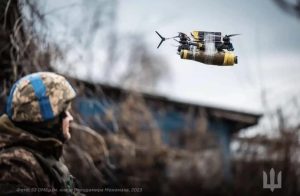


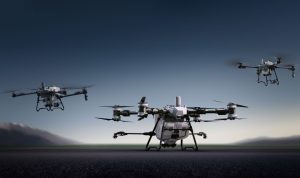
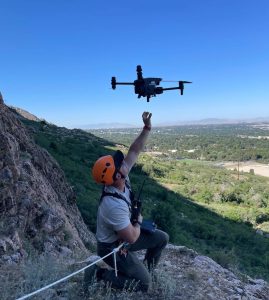




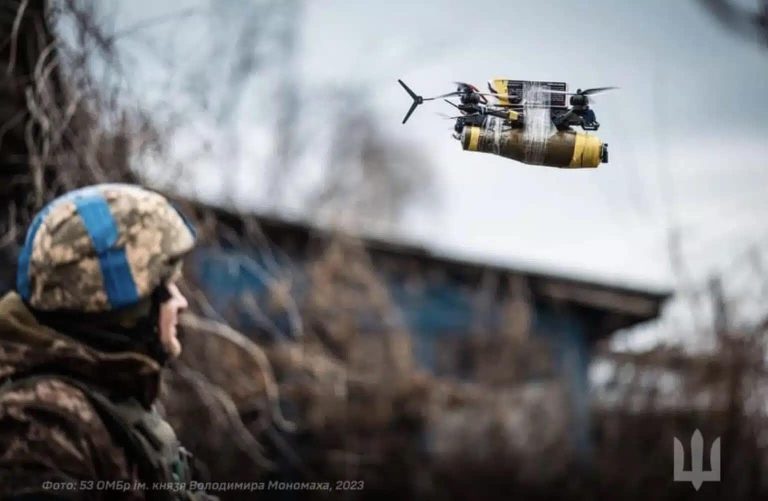




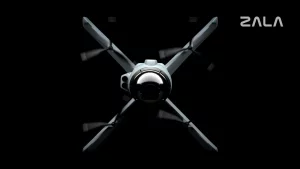

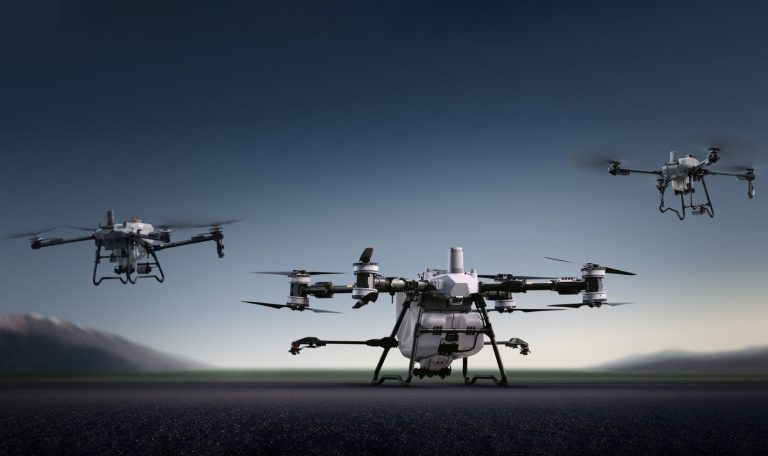
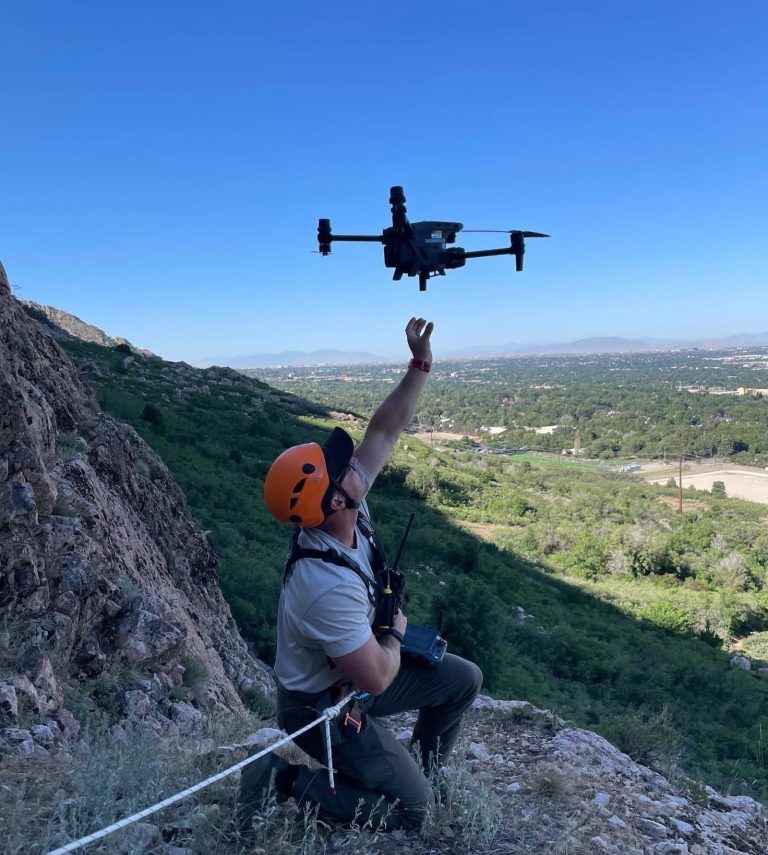
+ There are no comments
Add yours